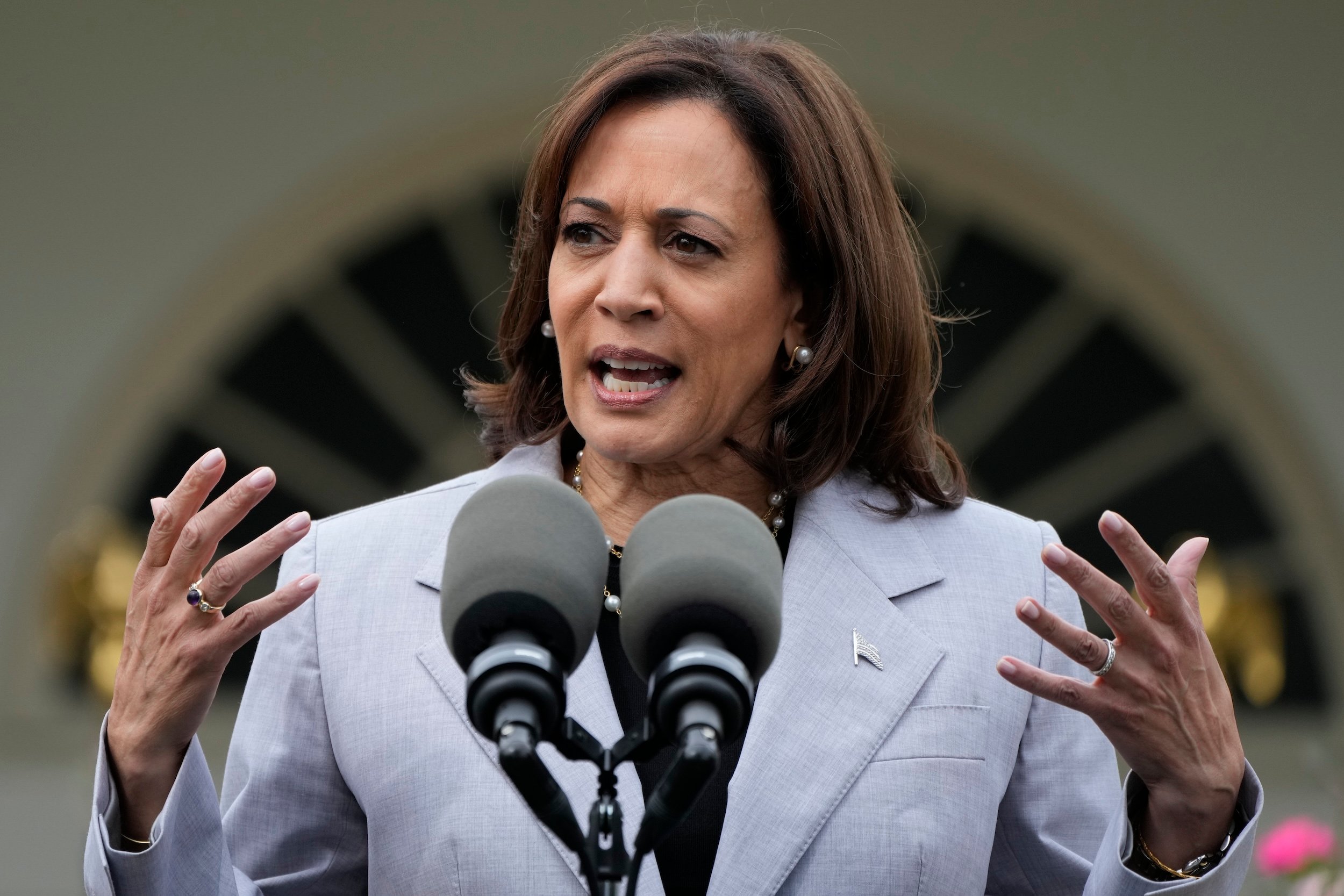Top Story
The National Rifle Association’s 2022 IRS filing provides yet more evidence of the group’s decline. The NRA reported total revenue of $211 million and member dues of $83 million, the lowest such amounts since 2006, and expenses exceeded revenue by $22.5 million. The filing also discloses that from 2011 to 2018, CEO Wayne LaPierre spent $90,000 in NRA funds on personal travel, gifts, and cell phones for employees and business associates in potential violation of IRS rules. That money has been repaid to the NRA, the filing states. —Will Van Sant
The Business of Guns
Three major cities in California — San Diego, Oakland, and San Francisco — are mulling proposals to restrict where police can purchase firearms. The strategy is aimed at stopping local enforcement agencies from buying guns or ammunition from dealers who were cited for serious legal violations during inspections and could be fueling the black market for firearms.
It’s common for police departments in California to contract with local gun dealers to furnish firearms and ammunition. Agencies tend to select sellers based on factors like price and supply, and violation history doesn’t typically factor into the decision. According to a report from the gun violence prevention organization Brady, that’s resulted in millions of taxpayer dollars going to lawbreaking dealers. The Trace’s Champe Barton has more on the cities’ proposals.
What to Know Today
As gun violence among young people reaches a boiling point, experts and juvenile justice advocates say that the government can do little to stem a social media marketplace that makes buying military-grade munitions as simple as downloading an app. In New Mexico, the killing of 22-year-old Elijah Mirabal by 17-year-old Noah Duran shows how this crisis can tear families apart. [Searchlight New Mexico]
The family of Raymond Mattia, a Native man whom Border Patrol agents shot and killed outside his home in a Tohono O’odham village earlier this year, is still searching for justice for his death. A recent Supreme Court decision has made that exponentially more difficult: The 2022 ruling virtually dismantled the ability to file lawsuits against federal officials accused of violating constitutional rights. [NBC]
The 1991 massacre at a Luby’s cafeteria in Killeen, Texas — then the deadliest the nation had ever seen — sent an already-heated debate about gun laws into overdrive. State lawmakers responded with legislation to loosen firearm restrictions, shaping how Texas would react to subsequent attacks and transforming it into one of the gun-friendliest states in the country. [Texas Monthly]
New Haven, Connecticut, is a small city known mostly as the home of prestigious, and wealthy, Yale University. But the close-knit community is also home to staggeringly visible economic inequality and a gun violence crisis that the city seemingly can’t figure out how to address. [The New Yorker]
A federal judge declared a mistrial in the civil rights case against the former police officer charged in connection with the 2020 killing of Breonna Taylor in Louisville, Kentucky, after jurors announced that they were unable to reach a unanimous verdict. The officer was the only to be criminally charged for firing his weapon the night Taylor was killed in a raid; federal prosecutors must now decide whether to pursue a retrial. [CNN/Associated Press]
The deadliest mass shootings have been perpetrated with AR-15-style rifles, and their use is becoming more common. The destructive power of these weapons is often shielded from the public — but a disturbing new collection of photographs, videos, and oral histories exposes the carnage these firearms leave behind. [The Washington Post] Warning: This post is extremely graphic. We are sharing it for the same reason the Post published it, but some may find it distressing.
Data Point
$3.3 million — the amount that Gun Owners of America, a hard-line rival to the NRA, spent on lobbying in 2022. The spending was spurred in part by a rise in annual revenues, which more than tripled from $2.3 million in 2016 to $8.7 million in 2021. [The Guardian]
